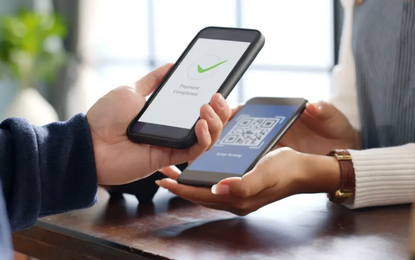

Technology plays a key role in security control and data generation for increasing financial inclusion in rural areas
Financial technology, data and analytics are deconstructing banking products and services and making them more personalized and user-friendly.
This helps not only people in big cities but also opens a door to serve the more than 123 million people currently living in rural areas of Latin America and the Caribbean.
So how can technology be leveraged to expand financial services in isolated communities? Here are five ideas.
Digital payments are essential for the banking industry to approach potential customers in rural areas. And based on the data they generate, a transactional footprint can be designed for the user, eventually paving the way for other services such as credit.
To take advantage of this first step in financial inclusion—payments—the infrastructure must include systems that are easy to use and low cost for providers and consumers. Likewise, transactions must travel through powerful, solid systems that are capable of handling massive amounts of transactions in remote areas.
The cost of digital transactions must be very low if not zero to encourage demand, compete with informality and quickly reach a critical mass of users. In addition, they must be fast and secure in order to gain the trust of new users.
Once customers have been enticed with simple payment and savings products, developing additional tools and services can be considered.
It is essential for products to meet the specific needs of customers.
Cross-border payments are a good example, since many people in rural areas receive remittances and could benefit from smooth and simple solutions.
The same goes for agricultural credit and insurance. Banks have the opportunity to offer insurance that can help increase farmers' productivity, and thus better cope with nature’s obstacles, at a time when climate change coverage is gaining momentum around the world.
In that sense, microcredits are a solution that can provide a big boost to rural communities and phones will have a very important role to play there.
With the help of specialized algorithms, providers can analyze non-traditional consumer information, such as the frequency of mobile phone top ups, the timeliness of utility payments, or social network profiles to build a credit profile for a customer who has not previously had access to loans or accounts.
Digital banking creates opportunities to financially include people who are not yet part of the system because it’s easy to use, and unlike their local bank branch, it travels in the user's pocket via their mobile device—something that’s very convenient in rural areas.
But the effort must go beyond just opening accounts and extend to educating users to get the most out of your products. Technology can create timely, low-cost interactions using text messaging, tutorials and gamification strategies in apps and portals.
In Colombia, for example, recipients of cash assistance programs in rural areas, who were also mostly women, were loaned tablets loaded with entertaining content to increase their digital and financial skills. Two years later, the tangible, positive effects on their financial health were still visible, according to a study by the G20 Global Partnership for Financial Inclusion (GPFI).
Providing simplicity, security and a good user experience (UX) will also have an impact on the extent to which these tools are used and accepted.
Once financial institutions have established the connection with digital banking, they have an opportunity to introduce tools that allow the user to control their spending and meet their goals.
Some digital payment features can leverage this practice for the benefit of the user. Consequently, with direct deposits, virtual assistants, specific targeting systems and periodic reminders, you can help the customer improve their financial health
These instruments also help manage cash flow volatility, increase production (in the case of traders and farmers) and increase resilience to macroeconomic shocks, according to the Inter-American Development Bank (IDB).
Non-bank correspondents play an important role by establishing themselves as intermediaries in the provision of basic financial services.
These connection points may be grocery stores or gas stations for cash management purposes, although more advanced models may also include the distribution of other products such as credit.
The establishments are a sustainable option for banks since they avoid the need to invest in branches while bringing access channels closer to rural areas. They also tend to reduce the number of costly trips and the risks implied by moving cash between remote locations.
In conclusion, digital financial services break down barriers to physical access and financial inclusion, while strengthening points of contact to create useful learning experiences for users in rural areas. This benefits equally consumers and institutions.
Join our online community and stay up to date with the latest news from the world of technology.